Tour of Utah: Everything to play for on Powder Mountain
Wednesday's stage 2 climbs past 2,750 metres of elevation and finishes on gravel
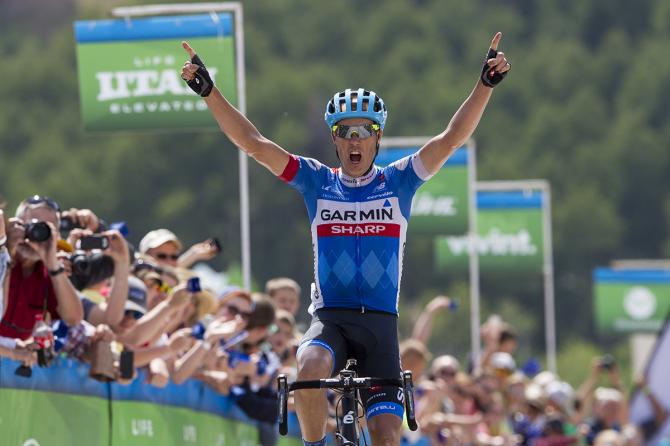
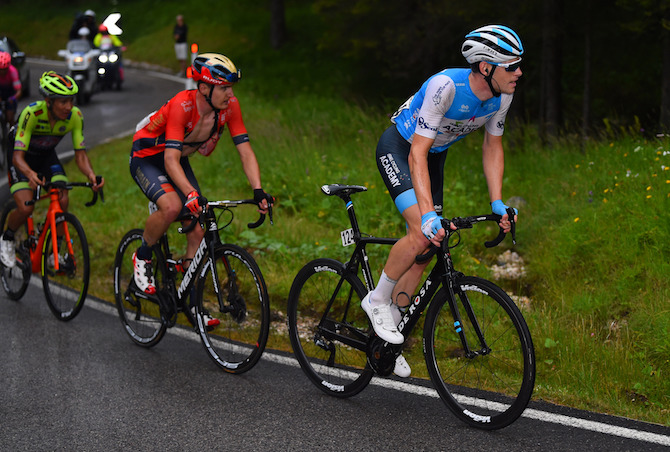
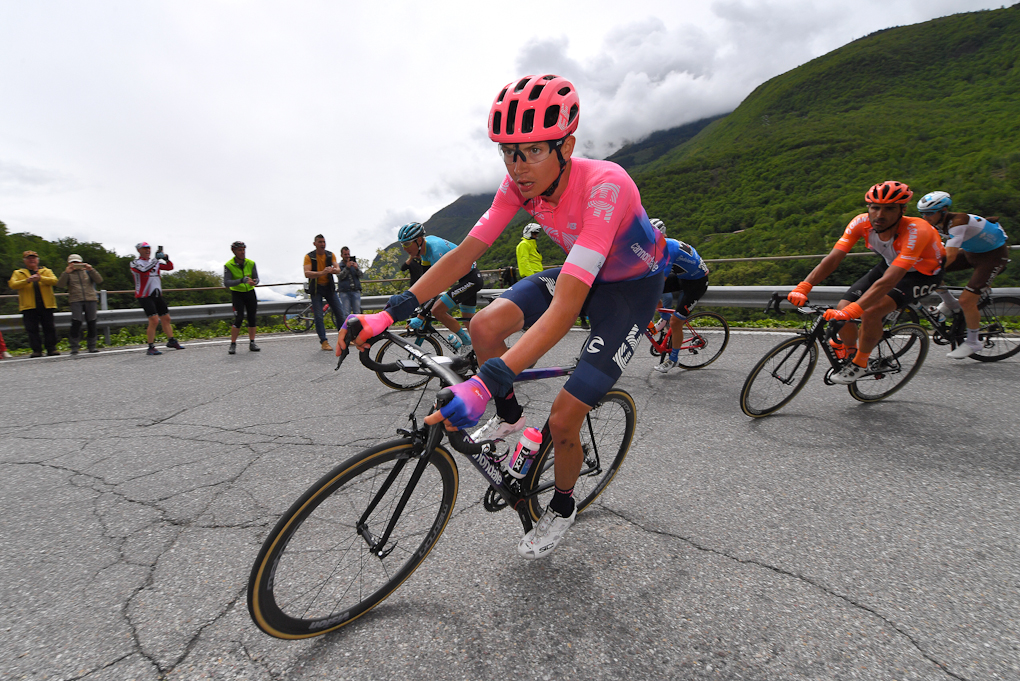
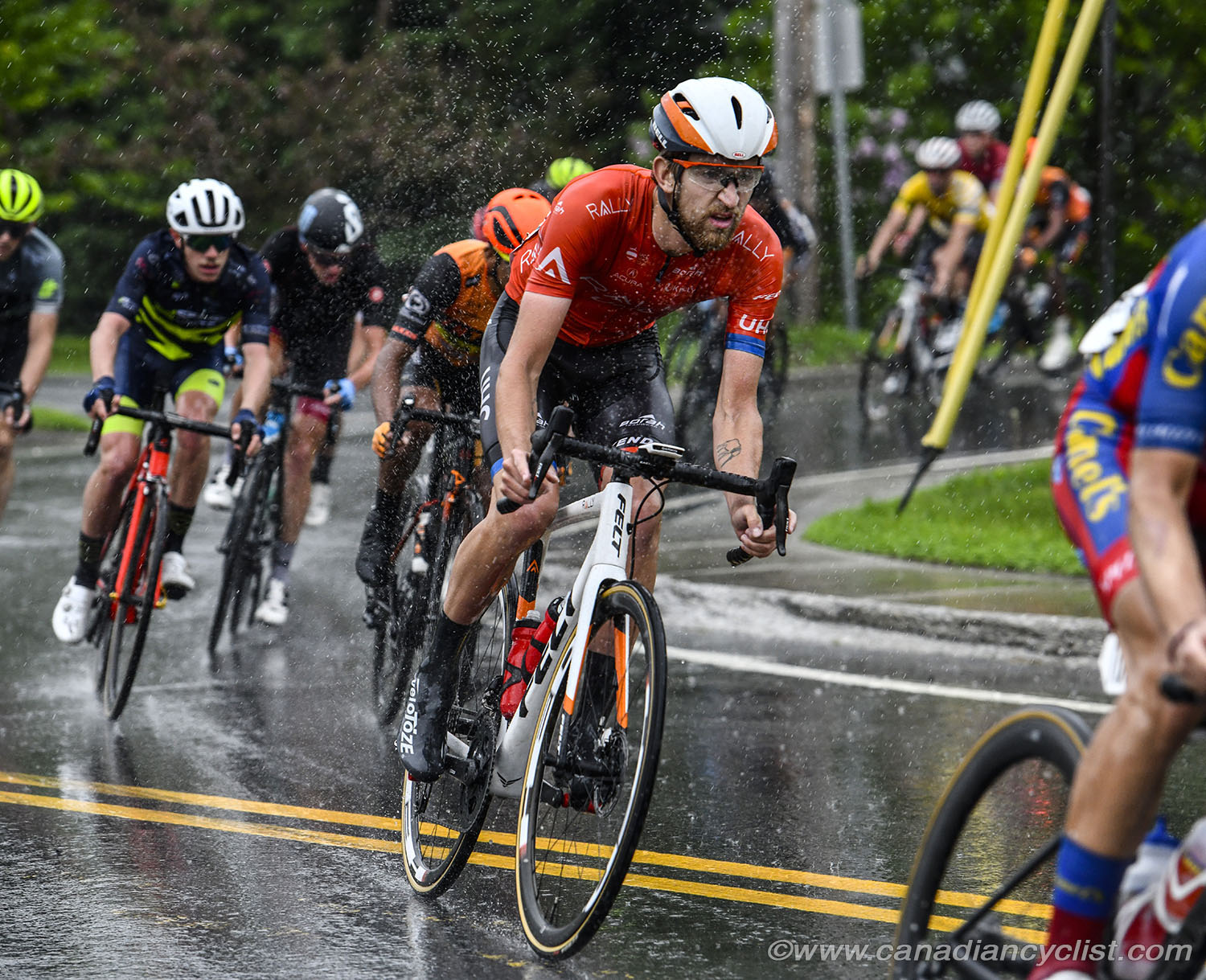
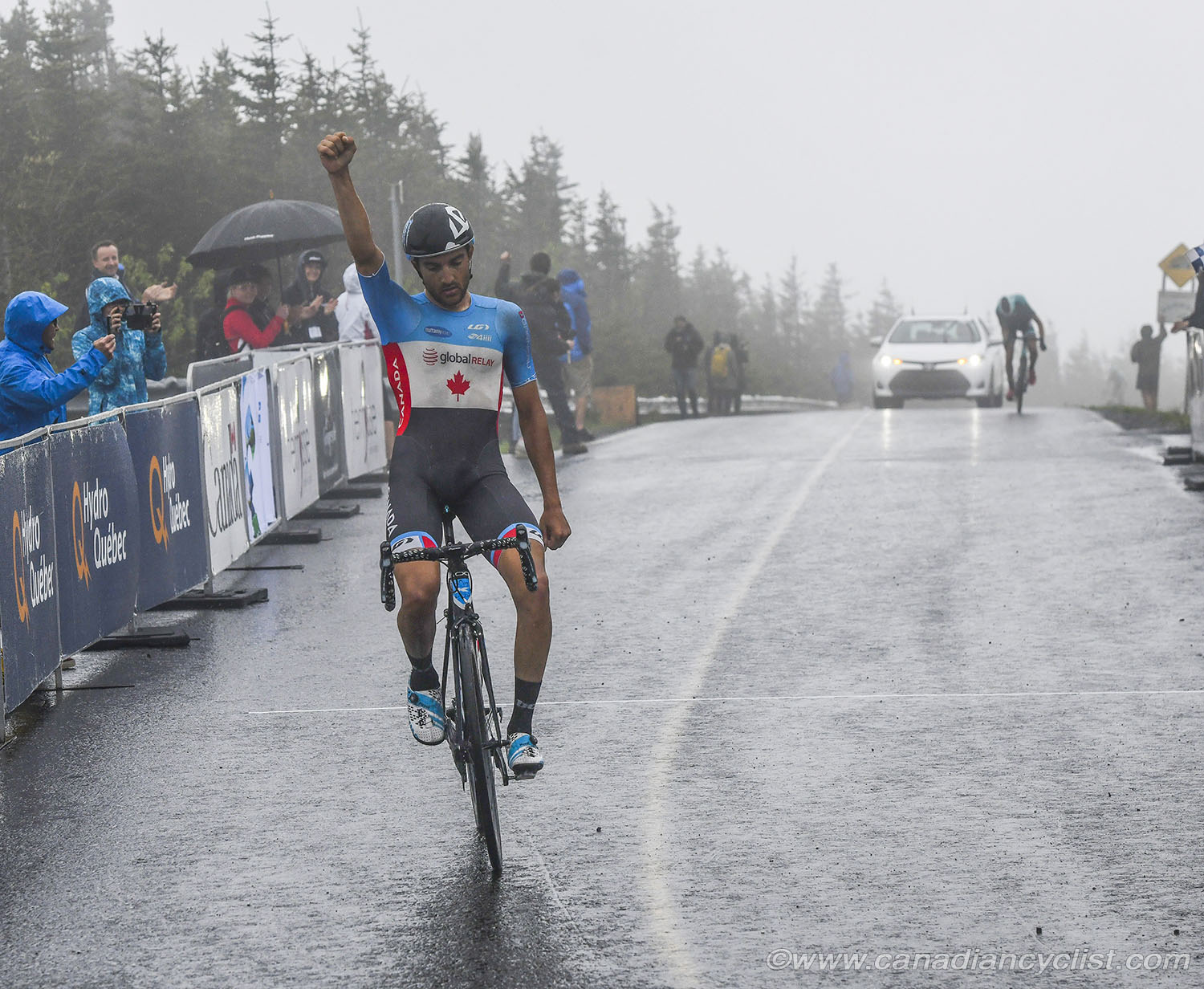
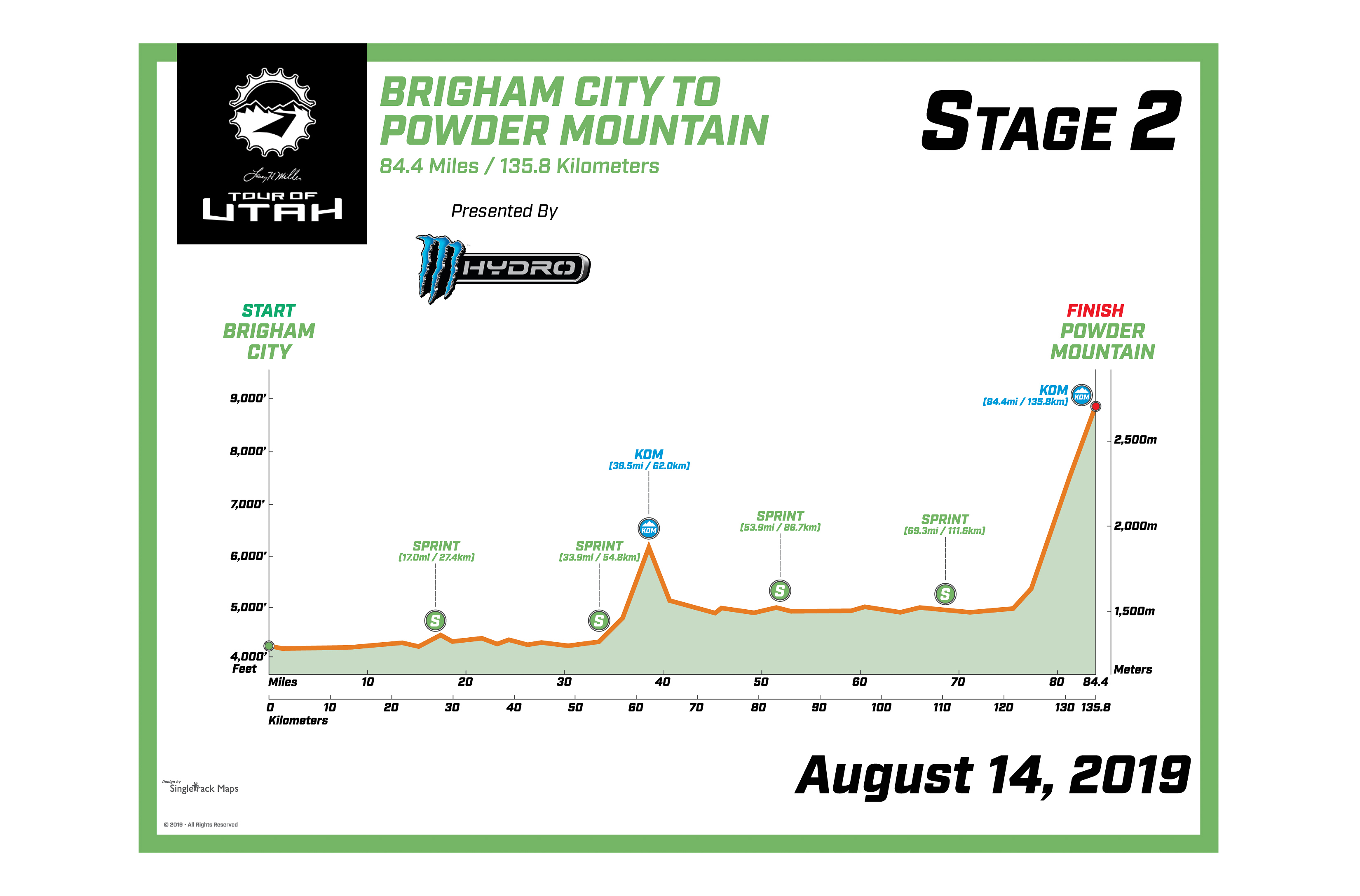
For most of its 15 years, especially since 2012, two years after the race gained UCI status, the Larry H. Miller Tour of Utah has relied on the penultimate stage to Snowbird Resort for its "queen" stage to help decide the overall winner.
When you add Powder Mountain to the stage mix, however, things change quickly. Organisers this year nixed the traditional queen stage to Snowbird and instead are starting the race there with a prologue time trial, once again ceding what will likely be the most important general classification stage to the mountain-top ski area about 85km north of Salt Lake City.
Since 2010, the Powder Mountain climb has featured in the race just once, in 2014 when Tom Danielson, racing for Garmin-Sharp, won the stage by 57 seconds over BMC Racing's Ben Hermans and Lampre-Merida's Chris Horner. Danielson went on to win the overall by nearly the same margin. The next year, however, Danielson announced on the eve of the Tour of Utah that he had tested positive for synthetic testosterone a month earlier.
"Powder Mountain is probably the hardest climb in North America with a mountain-top finish, and essentially every day after that is hard," said Elevate-KHS rider James Piccoli.
"Eric [Young] and I went to see the Powder Mountain stage a couple of days ago, and while we were there a car that was driving up the mountain literally exploded on the side of the road from overheating," he said. "The radiator just blew up. So that gives you an idea of the kind of road we're racing on."
Stage 2 starts in Brigham City and takes the peloton over 135.8km to the top of the daunting climb. Organisers have added an extra challenge this year, taking the route another 3km past Powder Mountain's "Skylodge" where the race finished in 2014, ending the day on a gravel road.
Just before the halfway point of the stage, the peloton will tackle the category 2 climb up the North Ogden Divide, but the day's entree will still be 70km away on Powder Mountain.
The latest race content, interviews, features, reviews and expert buying guides, direct to your inbox!
"The middle part of [Powder Mountain] will almost require a special bike that has special gears on it," Piccoli said. "That's how steep the road is. The day we were there was also super hot. Essentially every variable you need to make a really hard climb is there. It finishes at 9,000 feet [2,745 metres]. It's just a really, really tough day. Every rider who makes it to the top will have essentially given all they can to get to the top of that mountain."
Israel Cycling Academy's Hermans, second overall last year in Utah and second to Danielson on Powder Mountain in 2014, told Cyclingnews the climb is even more difficult than he remembered.
"I know how hard you can suffer in this climb," the 33-year-old Belgian said. "I didn't remember it was that brutal, that hard, until I went to do the recon last week and we were suffering up this climb. I know that we have to do like 3k more even, up to 2,700 metres altitude.
"It's really hard and I really wanted to see it in training already," Hermans said. "We will know who will win the general classification generally after this stage. You can take so much time if you are just a little bit stronger than the rest. You can take over a minute."
One of Hermans' main challenges for the overall will come from Rally UHC and its team leader Rob Britton, who won the Utah overall in 2017. Britton's team has brought a strong contingent of climbers to back him, including 27-year-old Kyle Murphy, who told Cyclingnews he expects big time gaps after stage 2.
"I imagine there will be some pretty huge splits," Murphy said. "Without that in the race it would be wide open. But because that is there it's got a big circle around it for every climber here.
"I went and checked it out and did about an hour's worth of intervals on it, so I can definitely attest to its length. It's pretty impressive," Murphy said, adding that he expects the climb to take less than 40 minutes. "We get to the top and then we sort of jog right and keep going up into some dirt. It'll be long. It's going to be tough."
Rally UHC isn't the only team gunning for the overall win, of course, as EF Education First brought a strong climbing team, including former Utah winners Lachlan Morton and Joe Dombrowski, who said he's never done the climb, but the profile in the race's road book impressed him.
"I think it's the hardest climb in the race," Dombrowski said. "I would imagine that it's the most decisive for GC, but also there are pretty short stages every day, so sometimes people are aggressive and can change a lot. Anything can be hard if we make it hard."
Hermans, who won the mountainous Tour of Austria in July and was second in Ionica Adriatica, said he expects a very hard race, especially with the extended climb on Powder Mountain, but he believes he's ready and well prepared.
"The form is good, still you never know how you will react in the altitude and heat and jet lag and everything, but I think I've done it well," Hermans said. "I came here like 10 days before, so I should be adapted. I know how to do it normally. I just do the same things as I did the other years, so I should be good."
The 2019 Larry H. Miller Tour of Utah begins Monday with a 5.3km prologue time trial at the Snowbird Resort. The race continues Tuesday with a 139.9km stage in and around North Logan City, setting up the GC battle on Powder Mountain the next day.
Growing up in Missoula, Montana, Pat competed in his first bike race in 1985 at Flathead Lake. He studied English and journalism at the University of Oregon and has covered North American cycling extensively since 2009, as well as racing and teams in Europe and South America. Pat currently lives in the US outside of Portland, Oregon, with his imaginary dog Rusty.